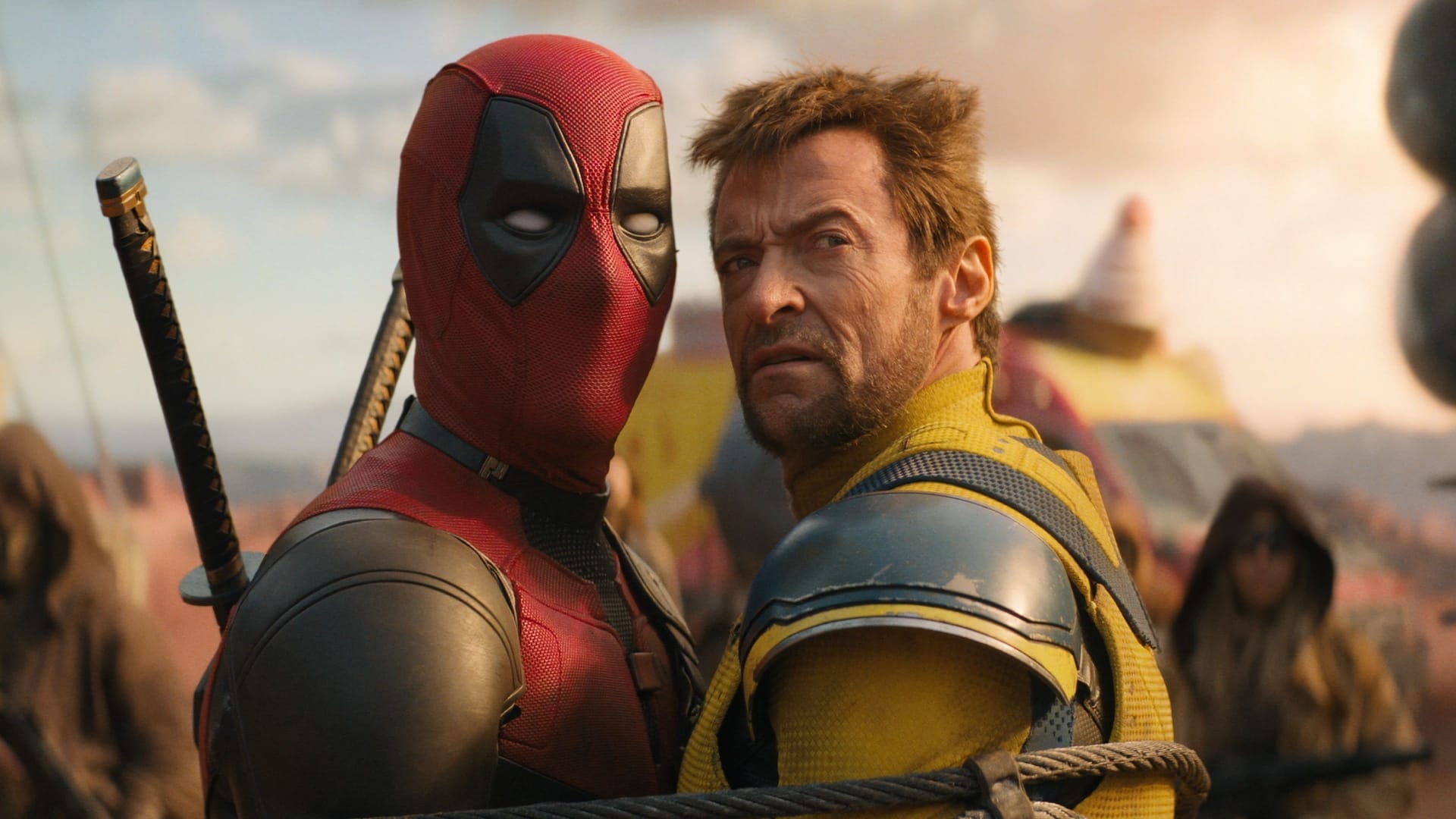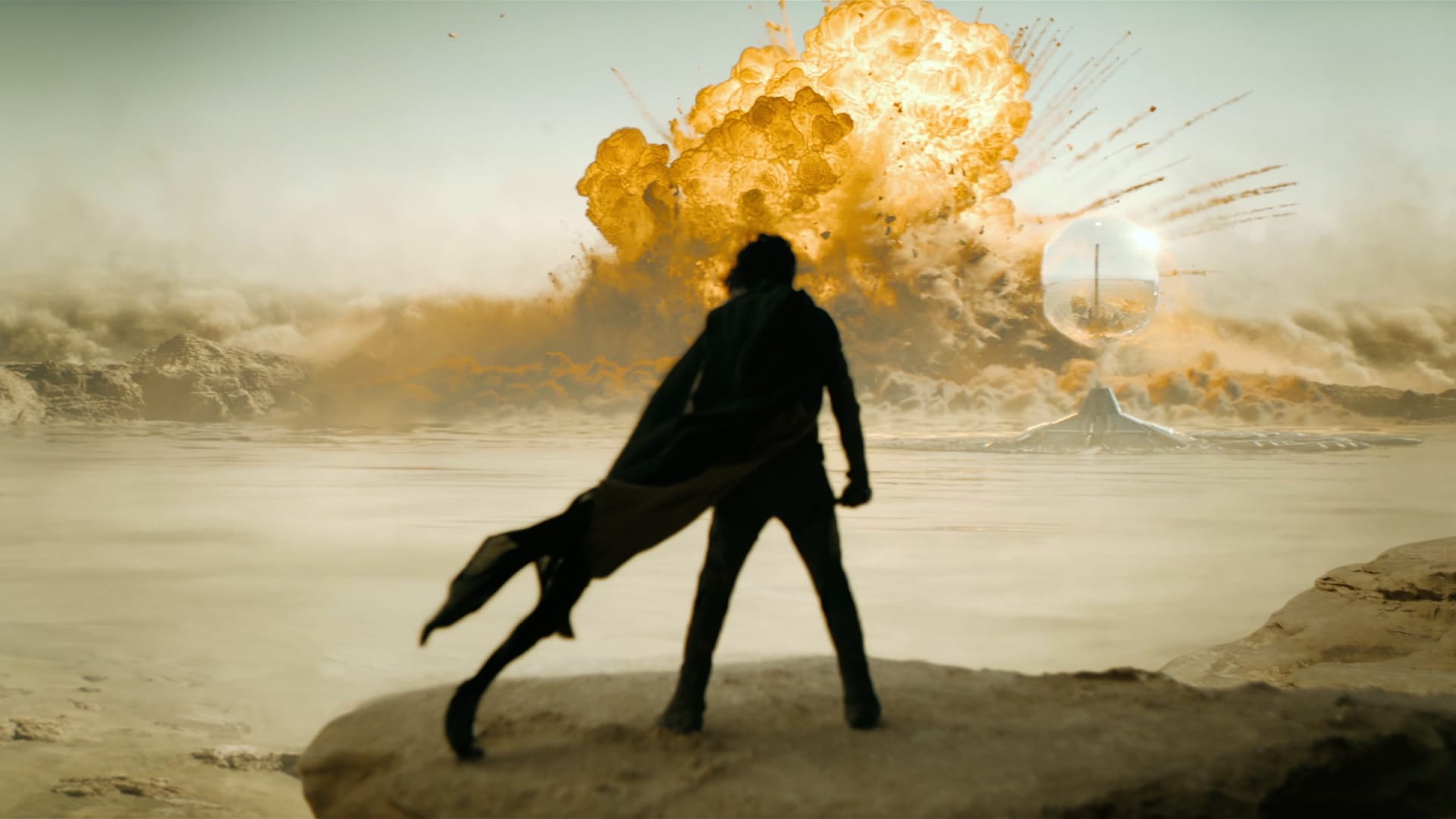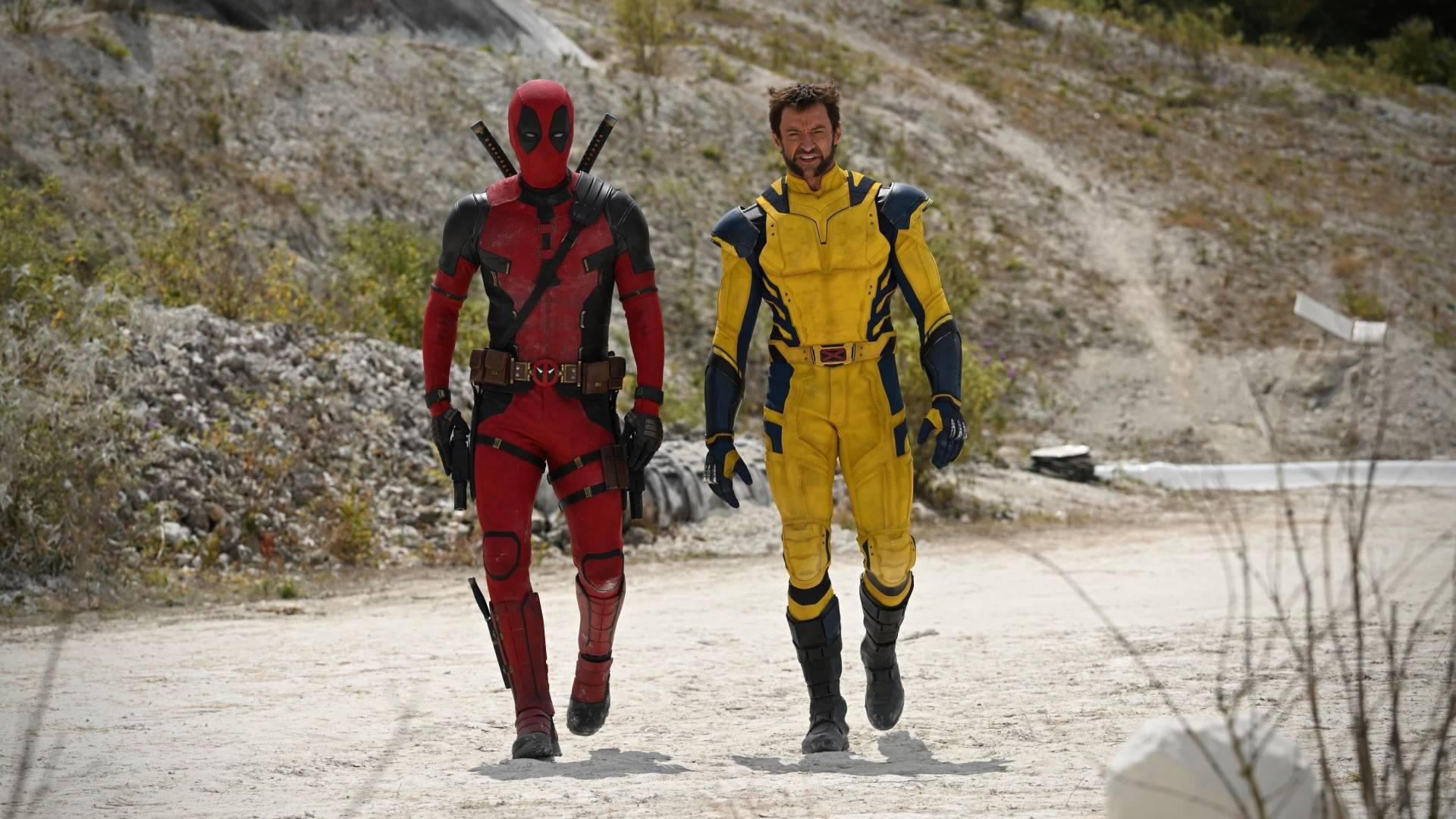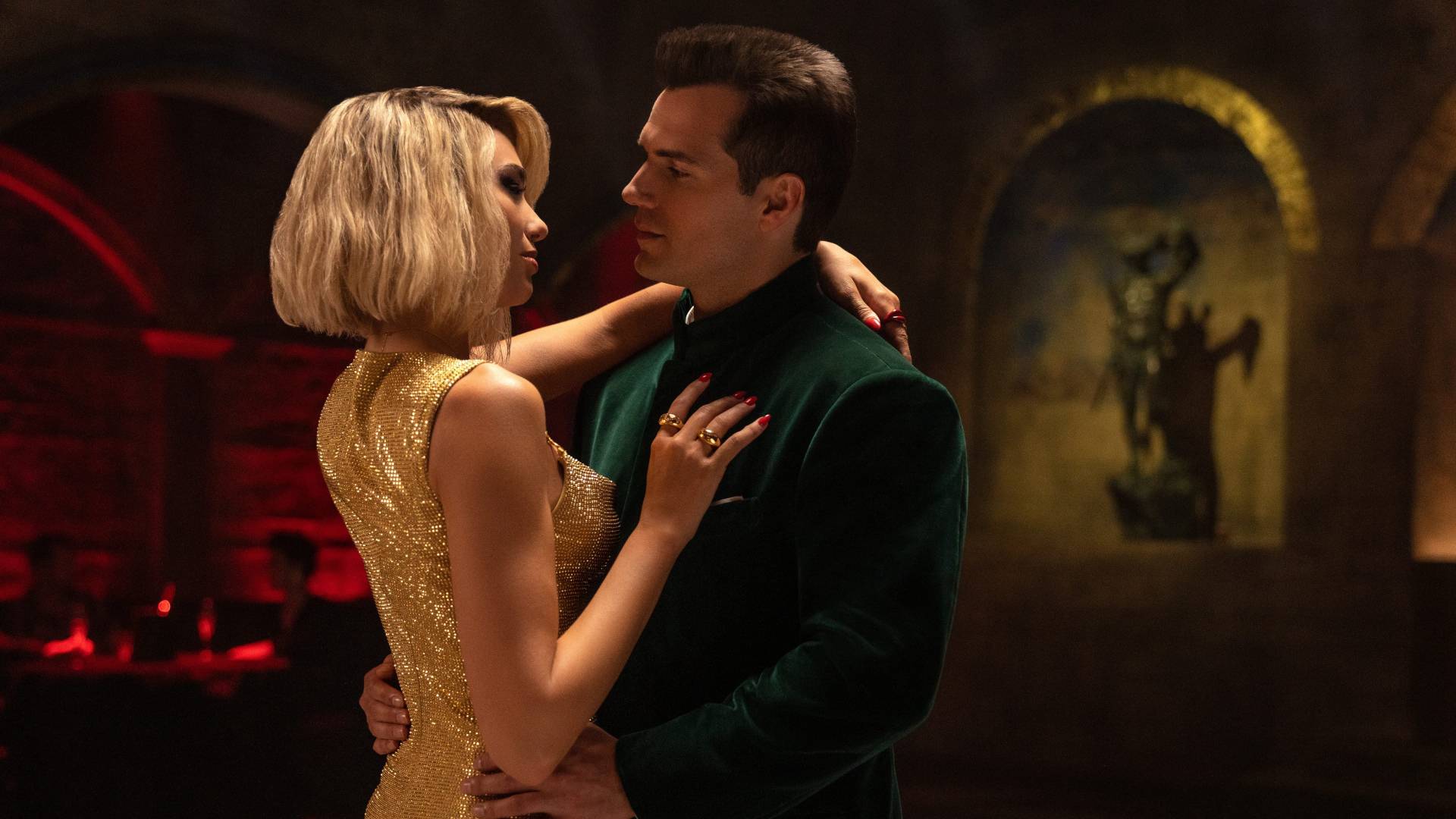Rebel Moon Part One - A Child of Fire: Zack Snyder's Ambitious Sci-Fi Saga
Despite Snyder's valiant efforts, Rebel Moon orbits too closely to its inspirations, struggling to ignite its own stellar flare.
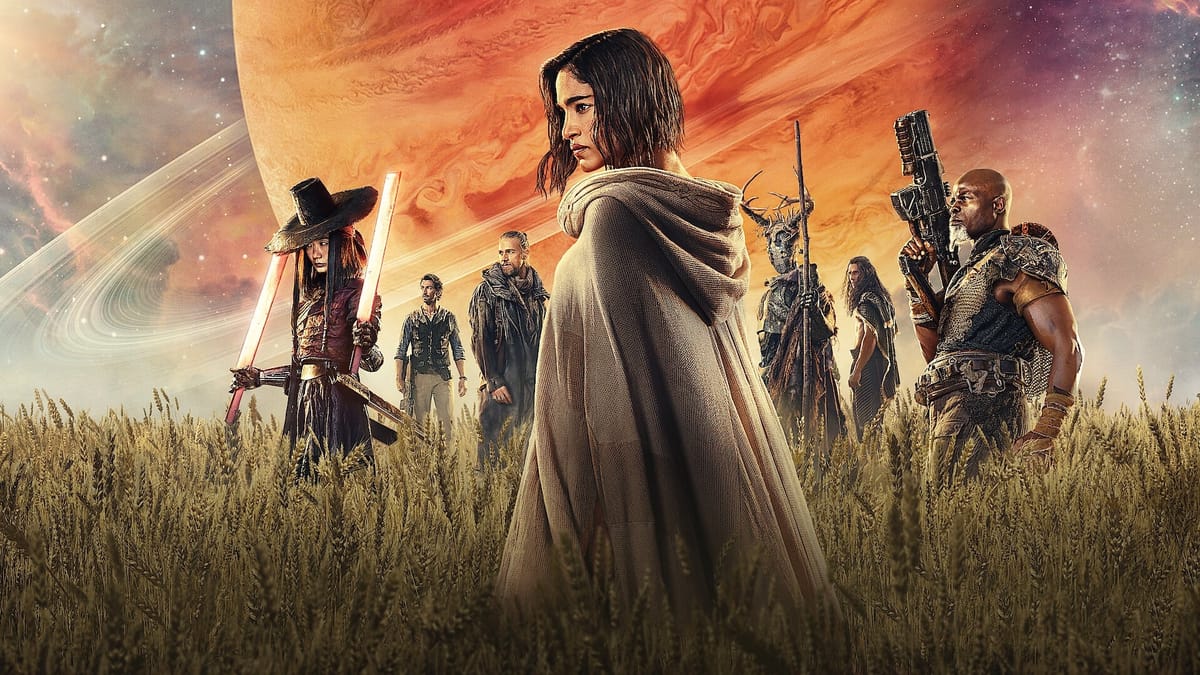
In the vast constellation of science fiction cinema, Zack Snyder's latest expedition, Rebel Moon, emerges with a promise of grandeur and spectacle. While it nods reverently to cinematic titans like "Seven Samurai" and "Star Wars," does it soar into the cosmos or remain grounded by its own ambitions?
Zack Snyder, a filmmaker synonymous with grandiose visuals and ambitious narratives, ventures into the cosmic arena with Rebel Moon. At first glance, the film promises a fusion of Kurosawa's epic storytelling and the fantastical charm of "Star Wars." However, despite Snyder's valiant efforts, Rebel Moon orbits too closely to its inspirations, struggling to ignite its own stellar flare.
The movie unfolds on the distant moon of Wherever, a humble farming planet ensnared in the clutches of a tyrannical regime. Sofia Boutella, as Kora, shines with her commanding presence, though her character, sculpted in Snyder's typical style—strong, silent, and stoic—lacks the depth and humor to fully resonate. Boutella's physical prowess is undeniable, yet the script confines her to a narrative straightjacket, leaving her potential under-explored.
Rebel Moon Ensemble
Supporting Boutella is a diverse ensemble, including Michiel Huisman's Gunnar and Charlie Hunnam's Kai, each character offering a glimpse into a universe brimming with untold stories. However, these tales remain largely untold, as the characters serve more as functional plot devices than fully realized individuals. The film's reliance on exposition over organic world-building leaves these characters wandering in a narrative limbo.

Visually, Rebel Moon is a testament to Snyder's unwavering commitment to aesthetic excellence.
The film's production design is a meticulous marvel, showcasing Snyder's eye for detail and his penchant for creating immersive worlds. Yet, this visual splendor cannot mask the narrative's linear predictability and lack of emotional depth. The slow-motion sequences, a Snyder hallmark, are plentiful but often detract from the action, hinting at a possible overreliance on style over substance.
The film's auditory landscape, unfortunately, does little to enhance the experience. The muddy sound mix, coupled with the complex names and backstories, often muddles the narrative flow, leaving the audience adrift in a sea of confusion.
Elements to Admire
Despite these critiques, Snyder's fans will find familiar elements to admire. The director's unique vision, though not fully realized in Rebel Moon, still offers glimpses of what could have been a groundbreaking sci-fi epic. The promise of a second installment leaves room for hope that the narrative might reach the heights its premise suggests.
In conclusion, Rebel Moon is a visually stunning yet narratively underwhelming entry in Snyder's oeuvre. It's a film that reaches for the stars but ultimately remains tethered by its reverence for its influences and its struggle to carve a distinct identity. For those enchanted by Snyder's visual storytelling, there is merit in this cosmic journey, but for those seeking a fresh and engaging sci-fi odyssey, Rebel Moon may not fully satisfy their celestial cravings.
Rating: ★★★★☆

